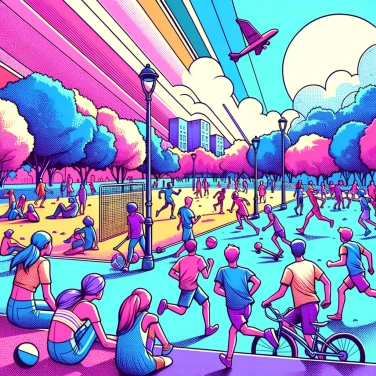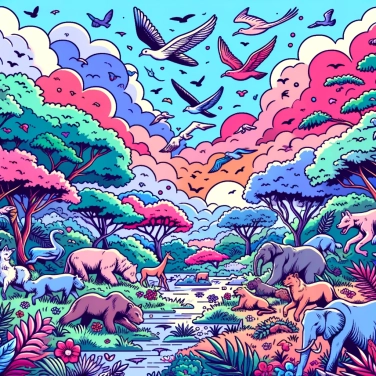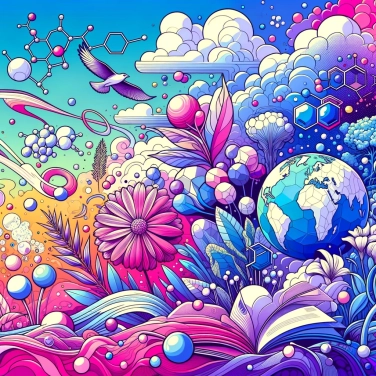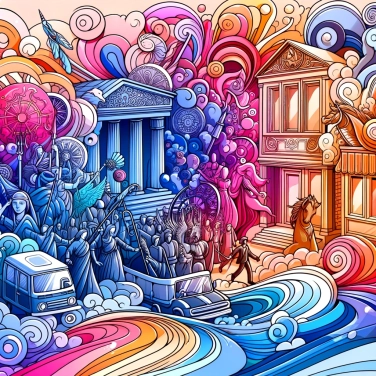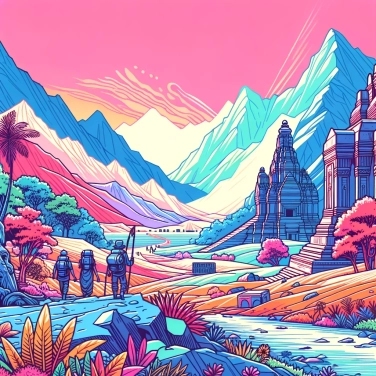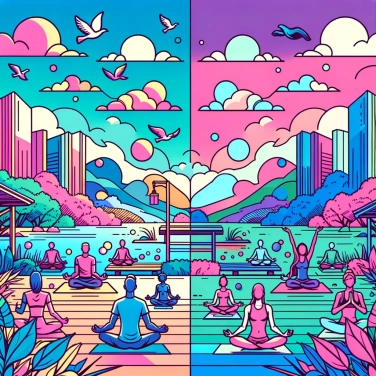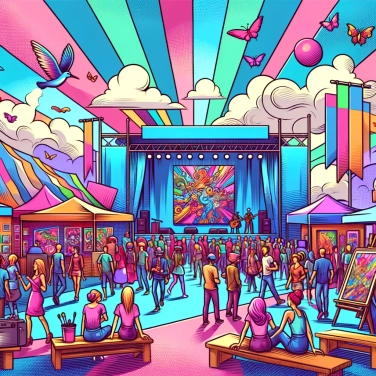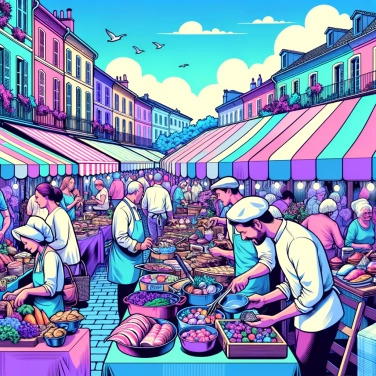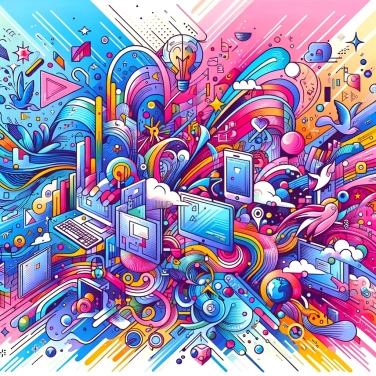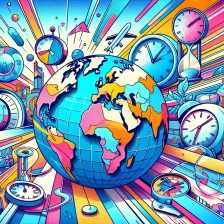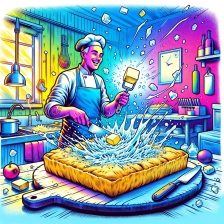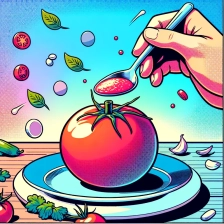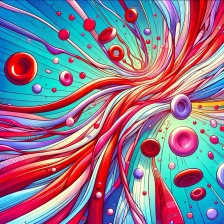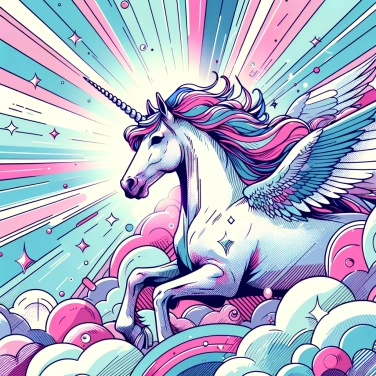In detail, for those interested!
Possibility of real existence
The unicorn is a mythological animal often depicted as a white horse with a twisted horn on its forehead. Despite its fantastical nature, some scientists have studied the possibility of the real existence of this legendary being. Explanations have been put forward to explain the genesis of this myth, combining observations of different animal species with cultural and archaeological data. The tales about unicorns could be inspired by real animals such as the rhinoceros or even the deer, whose representation may have been distorted over time to create the image of the unicorn as we know it today. Symbolic interpretations also play a role in the perception of the unicorn, as a symbol of purity, strength, and magic. Despite speculations about a possible real existence of the unicorn, no fossil or tangible scientific evidence has been discovered to date to confirm its existence.
Symbols associated with the unicorn
Unicorns are often associated with several symbols, including purity, innocence, and femininity. Their horn, a symbol of power and protection, is also considered a representation of spiritual strength and healing. In many cultures, the unicorn is a symbol of good luck, wisdom, and beauty. Unicorns are also often associated with magic and the supernatural, which enhances their mystique and appeal in popular culture. It is interesting to note that the unicorn is sometimes used as a symbol of uniqueness and individuality, representing the ability to be true to oneself.
Influence of literature and media
The influence of literature and media on the persistence of the unicorn myth in popular culture is undeniable. For centuries, stories, artistic works, and media productions have helped maintain fascination for this mythical being. The first mentions of unicorns date back to antiquity, with varied descriptions that have fueled the collective imagination.
In the Middle Ages, the unicorn became a symbol of purity and grace, associated with the Virgin Mary in some Christian traditions. Medieval bestiaries describe it as a noble and mysterious creature, reinforcing its aura of mystery and wonder.
Literature has also played a major role in perpetuating the unicorn myth. Famous writers such as Jorge Luis Borges, J.K. Rowling, or Isabel Allende have incorporated unicorns into their stories, endowing them with magical and symbolic powers. These literary representations have helped anchor the unicorn in contemporary imagination.
Media, whether in cinema, television, video games, or music, have also popularized the unicorn. Films like Ridley Scott's "Legend" or TV series like "My Little Pony" have helped keep the unicorn at the heart of popular culture. Social networks and the Internet have amplified this trend, with numerous references and memes dedicated to this fantastical animal.
In conclusion, the influence of literature and media on the persistence of the unicorn myth is undeniable. These cultural sources have helped keep alive the fascination for this mythical being, giving it a special place in the collective imagination.
![Explain why some countries change time zones?]()
![Explain why Alexander the Great refused to wear shoes.]()
![Explain why Alexander the Great always wore an impressive helmet.]()
![Explain why the last Chinese emperor was so young when he came to power?]()


